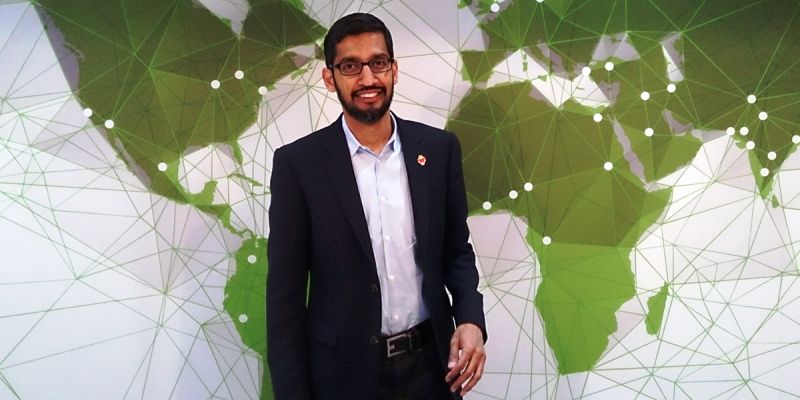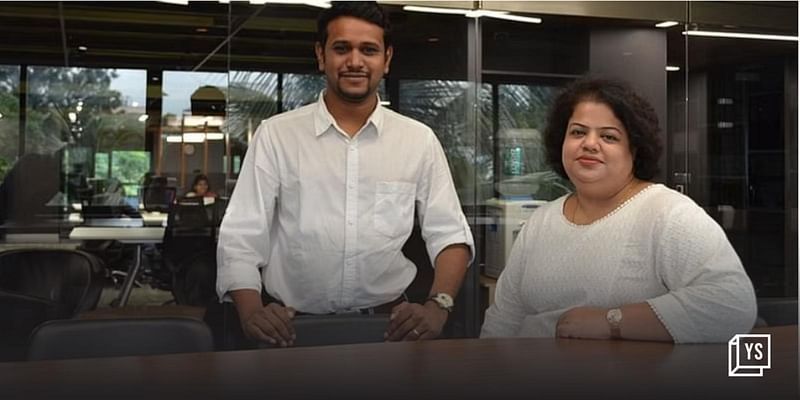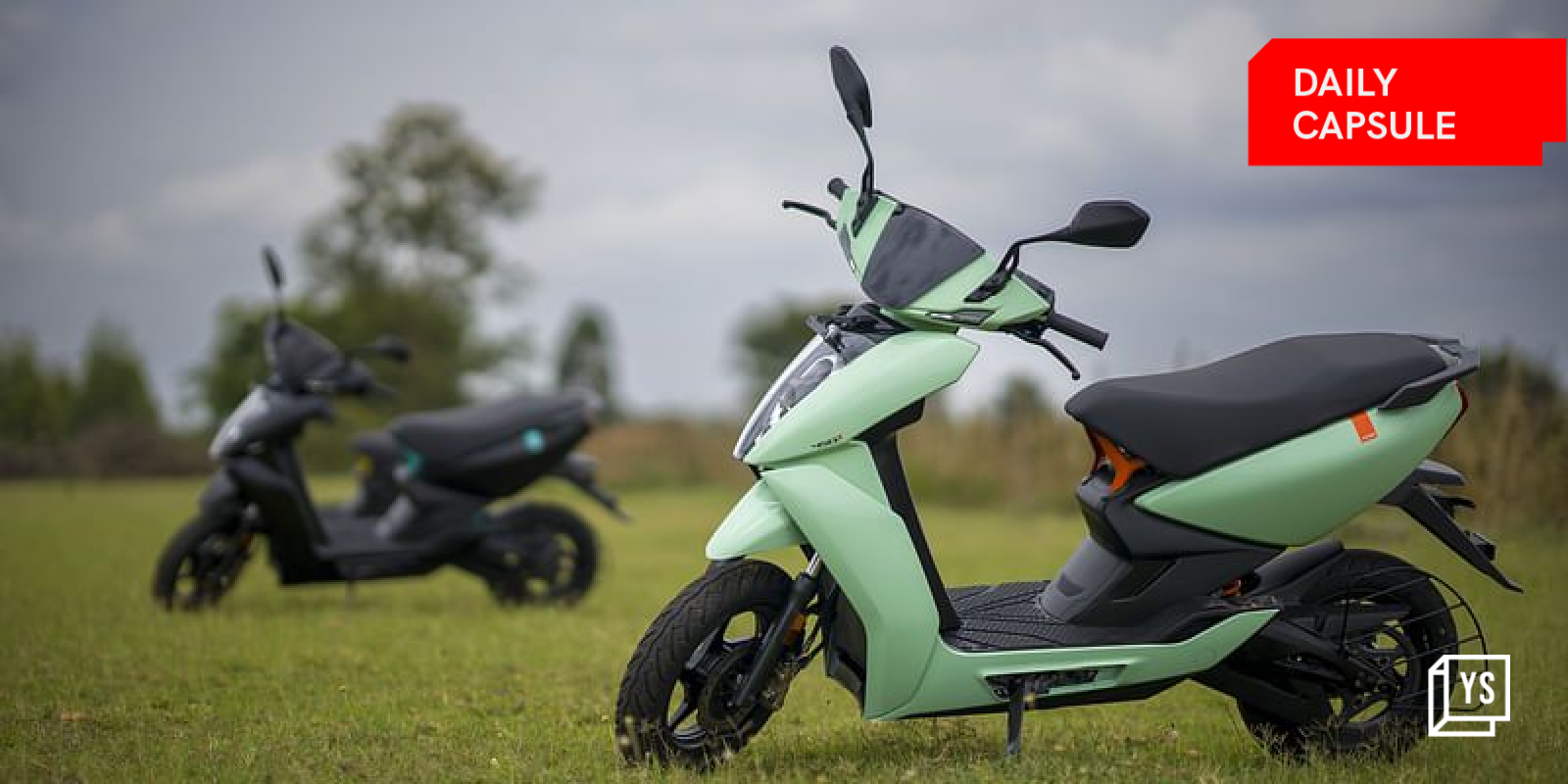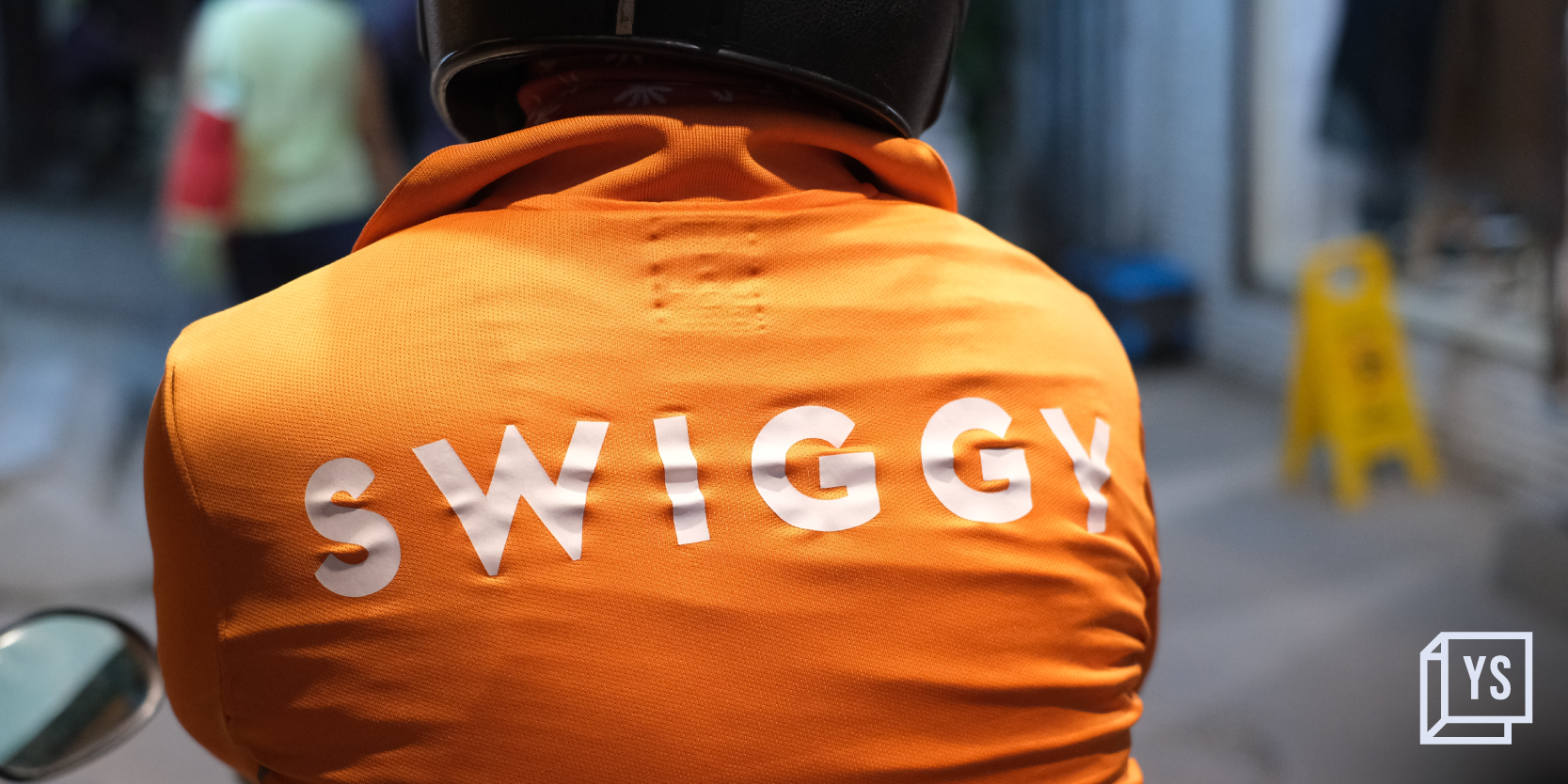Google's project Loon aims to power 100 railway stations with wi-fi connectivity
Technology giant Google has said it hopes to soon start tests for its Project Loon in India, which aims to bring affordable Internet access, even as the government holds the view that the project would come in the way of mobile transmission.
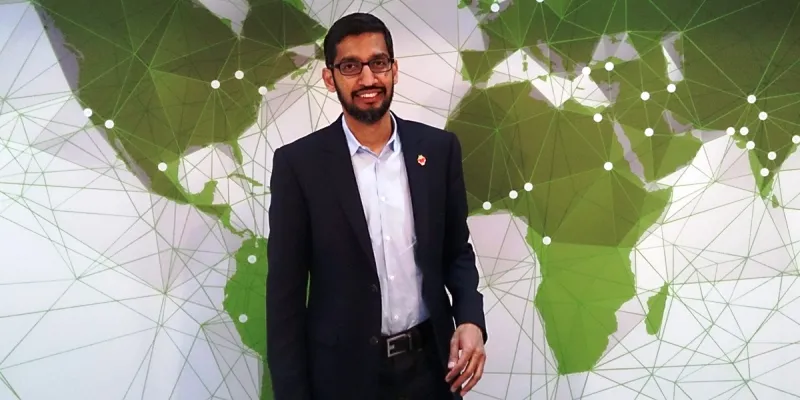
"Project Loon will launch balloons in the sky to help reach out to rural areas," Google CEO Sundar Pichai said at the Google for India event. He added that the company will work with carriers and is hopeful that Project Loon can work as a "backbone" to offer Internet connectivity in areas without coverage.
Besides, the technology giant will also power 100 railway stations in India with wi-fi connectivity by December next year. The first station that will go live next month will be Mumbai Central. Union Telecom Minister Ravi Shankar Prasad said, "In-principle, we are agreeable to the pilot project. Certain issues of security and harmony with the Department of Civil Aviation need to be sorted out. We will finalise that also."
He welcomed Google's proposal to partner with BSNL for the pilot project. "We shall be expediting that. I have directed secretary Rakesh Garg to coordinate with the Defence and security agencies to expedite this process," he disclosed. "The proposed frequency band to be used in the Loon Project of Google is being used for cellular operations in India and it will lead to interference with cellular transmissions," Prasad had said in a written reply to the Rajya Sabha on December 11.
Google Vice-President (Access Strategy and Emerging Markets) Marian Croak said the company is "passionate" about building and deploying new Internet infrastructure around the world.
"One of the technologies we have in our portfolio is Project Loon. It's a project that we are working on with local telcos all across the world. And we are testing these high-altitude balloons which literally act as almost like floating cell towers to connect people in hard-to-reach regions that are scarcely populated and we are working to hopefully bring Project Loon to India in rural communities that have very few people connected to the Internet," she said.
In India, Google has approached the government to set up the Loon project that has potential to replace mobile towers as it can directly transmit signals on 4G mobile phones. Without giving a specific timeline, Croak said the company expects to start "testing as soon as possible". Croak said the company is working across the world with local carriers, operators and suppliers and does not carry out the project on its own.
"Think of the enormity of bringing billions of people to the Internet and doing it in a way that is affordable and giving them abundant access, and the scope of that is too much for any one entity to tackle on its own. So, I always tell my team don't think of us as having competitors, think of us as only having partners in this arena. We have to work together to solve this problem," she said.
"The core element of Google's mission is universal access and we drive our conviction and vision from that mission. And it's that everyone in the world should have affordable and abundant access to the full and open Internet," she added. The IT Department has been asked to facilitate Google's collaboration with common service centres (CSCs) in order to widen the reach of the Internet saathi programme -- a Google initiative to get more and more women online.
"Google can play a part in the promotion of Indian languages digitally and needs to further expand that," Prasad added. Google, under its Project Loon, is using big balloons floating at a height of 20 kilometers above earth surface for transmission of Internet services. It has already tested this technology in New Zealand, California (the US) and Brazil.
As per Google, each balloon can provide connectivity to a ground area about 40 kms in diameter using a wireless communications technology called LTE, or 4G. To use LTE or 4G, Project Loon partners with telecom companies to share cellular spectrum so that people will be able to access the Internet everywhere directly from their phones and other LTE-enabled devices. Google uses solar panel and wind to power electronic equipment in the balloon throughout the day.






